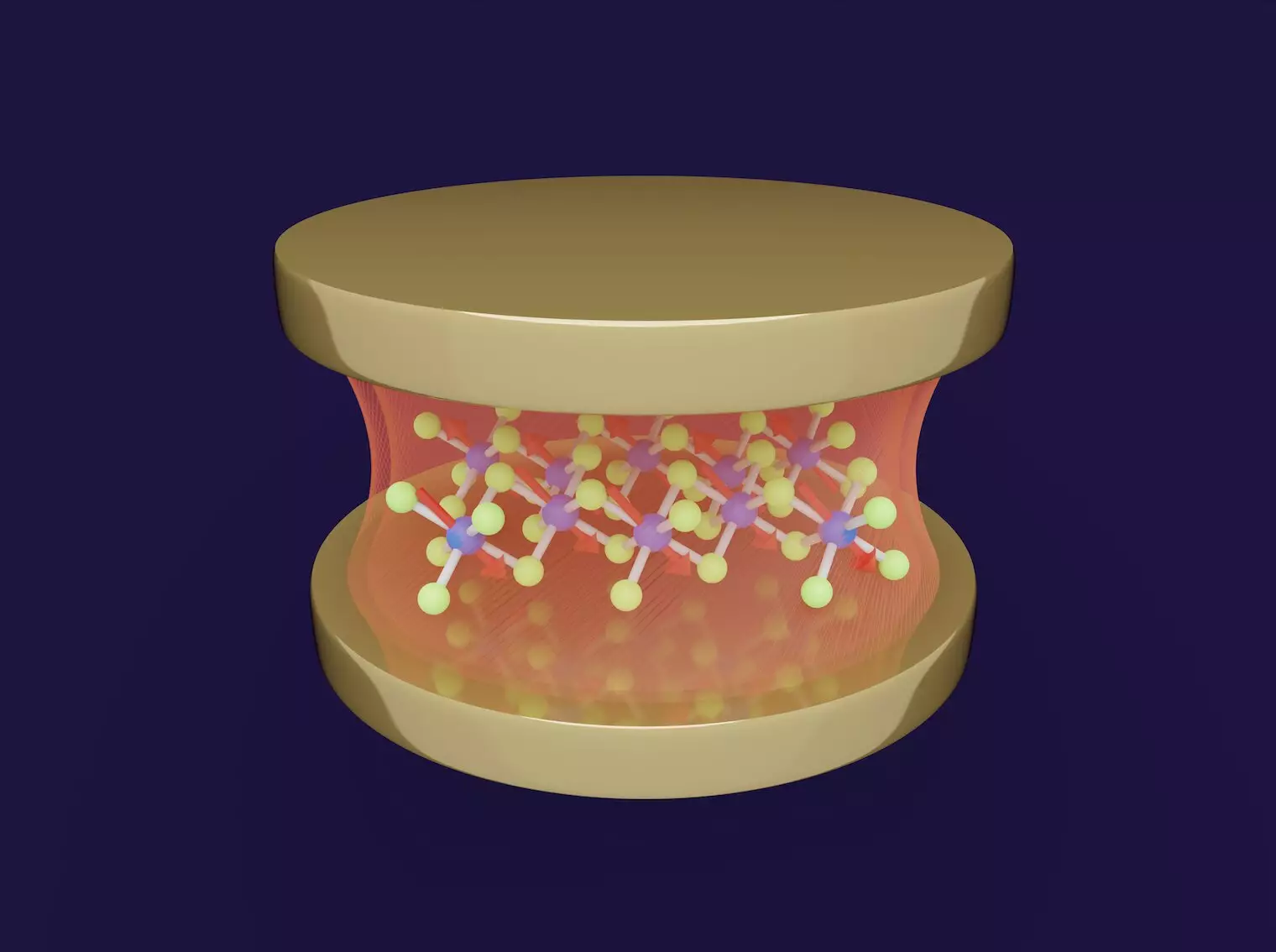Researchers in Germany and the U.S. have made an exciting breakthrough in material physics research. In a collaborative effort, theoreticians at the Max Planck Institute for the Structure and Dynamics of Matter (MPSD) in Hamburg, Germany, Stanford University, and the University of Pennsylvania have demonstrated the ability to control the magnetic state of an atomically thin material using an optical cavity. This pioneering study, published in npj Computational Materials, has far-reaching implications for the manipulation of magnetic properties without the need for intense lasers or continuous stimulation.
Shifting from Intense Laser Light to Optics
Traditionally, researchers have used intense laser light to modify the properties of magnetic materials. However, this approach requires continuous stimulation and is accompanied by practical challenges such as overheating. Seeking to overcome these limitations, the research team explored alternative methods to achieve similar control over materials using light.
The researchers focused on the material α-RuCl3, an atomically thin material with a zigzag antiferromagnetic state. By placing α-RuCl3 into an optical cavity, the team discovered that the cavity’s vacuum fluctuations alone were sufficient to transform the material’s magnetic order into a ferromagnetic state. This breakthrough finding demonstrates that the seemingly “dark” cavity still influences the electromagnetic environment, causing the material to change its magnetic state.
The transformation of α-RuCl3’s magnetic properties within the cavity is attributed to a purely quantum mechanical effect. Within quantum theory, the vacuum state of a cavity is never truly empty. Instead, the light field fluctuates, leading to the creation and annihilation of light particles. These fluctuations directly impact the properties of the material. The confinement of the electromagnetic field within the optical cavity enhances the coupling between light and the material, allowing for drastic changes in the material’s magnetic properties.
One of the notable advantages of this innovative approach is its independence from continuous laser driving. Unlike traditional methods that require continuous laser excitation, the cavity control approach does not encounter the same heating issues. By engineering the vacuum fluctuations of the cavity electric field, researchers can achieve significant modifications in the material’s magnetic properties without the need for external stimulation.
This groundbreaking research opens up new opportunities for the exploration and realization of new and elusive phases of matter. By designing specific cavities and studying their effects on different materials, researchers aim to enhance their understanding of the intricate interplay between light and matter. The ability to control magnetic properties through the manipulation of an optical cavity could lead to advancements in fields such as information storage, spintronics, and quantum computing.
The theoretical demonstration of controlling the magnetic state of an atomically thin material, α-RuCl3, through an optical cavity represents a significant milestone in material physics research. By leveraging the cavity’s vacuum fluctuations, the researchers successfully transformed the material’s magnetic order from a zigzag antiferromagnet to a ferromagnet. This achievement highlights the potential for light-matter interactions to revolutionize the field of materials science and sets the stage for future discoveries of novel phases of matter. With further exploration and refinement, researchers may unlock new possibilities for manipulating magnetic properties, ultimately leading to groundbreaking technological advancements.



Leave a Reply